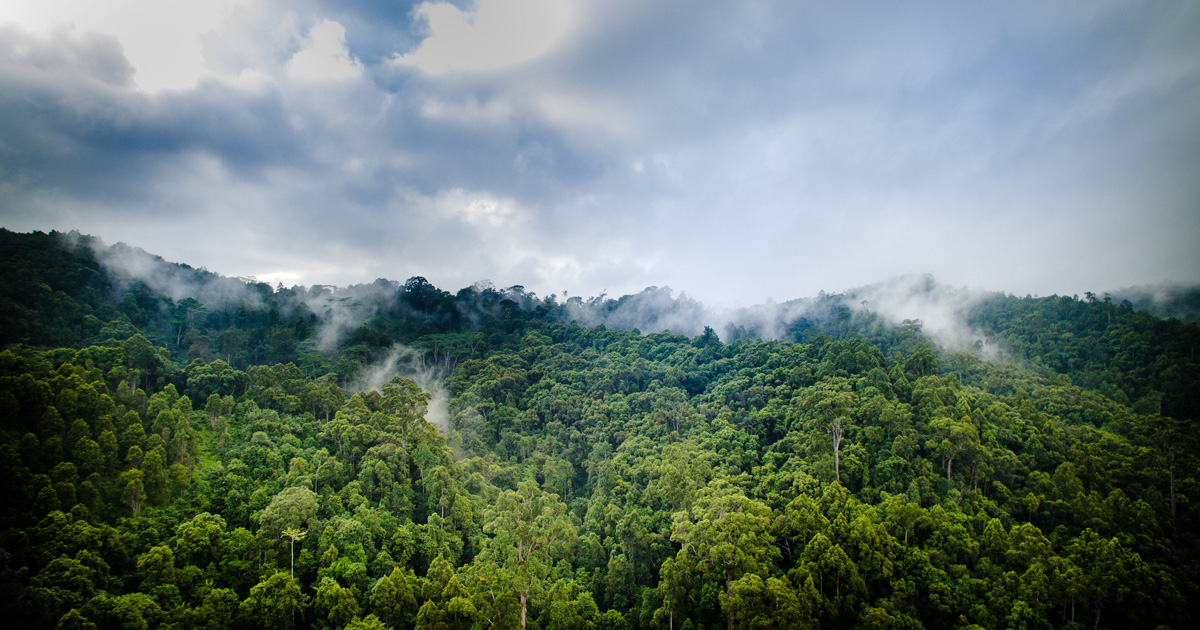Agroforestry is a powerful practice for sustainable and regenerative intensification because it promotes multifunctional landscapes that deliver ecological functions that contribute to livelihoods, land productivity, biodiversity conservation, and other ecosystem services. Despite a large body of literature on agroforestry in East Africa, a systematic understanding of its livelihood benefits and contribution to carbon sequestration is still lacking. A systematic review was used to provide a quantitative and qualitative synthesis of available evidence and knowledge gap from 185 publications that met the selection criteria regarding the contribution of agroforestry to livelihoods (n = 152) and carbon sequestration (n = 43) in East Africa. The main livelihood benefits include fodder, food, firewood and income, reported in over 70, 63, 56 and 40 publications, respectively. These and other benefits diversify livelihoods of rural communities and act as safety nets in times of climate shocks. Agroforestry systems in East Africa stock an average of 24.2 ± 2.8 Mg C ha−1 in biomass and 98.8 ± 12.2 Mg C ha−1 in the soil. Much of the aboveground carbon is held in homegardens (34.3 ± 7.9 Mg C ha−1), perennial tree-crop systems (29.9 ± 12.7 Mg C ha−1) and trees on boundaries (26.7 ± 14.1 Mg C ha−1). Empirical studies are needed for better understanding of belowground carbon in agroforestry and emission of greenhouse gases in different agroforestry practices. A smaller number of studies reported income from sale of carbon credits, suggesting a gap in the development of science regarding carbon rights, land tenure, tree tenure rights, and the potential impact of climate change on the growing niches of tree species in the region. The results show that agroforestry is a powerful climate adaptation and mitigation solution as it can increase household resilience and sequesters significant amounts of carbon dioxide from the atmosphere.
DOI:
https://doi.org/10.1016/j.tfp.2023.100432
Altmetric score:
Dimensions Citation Count:























